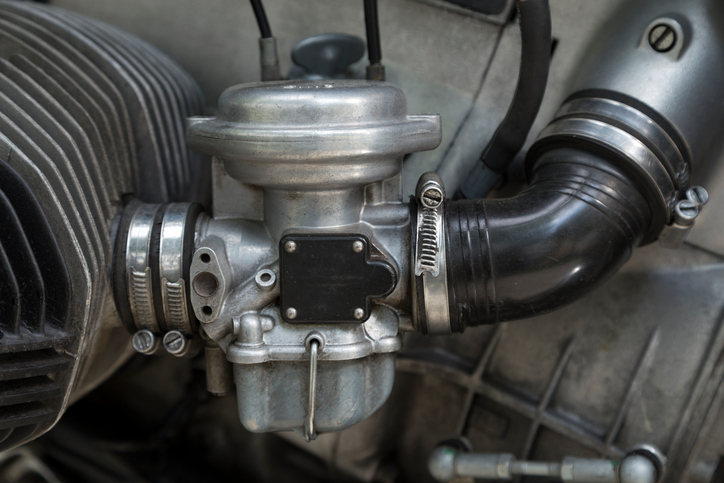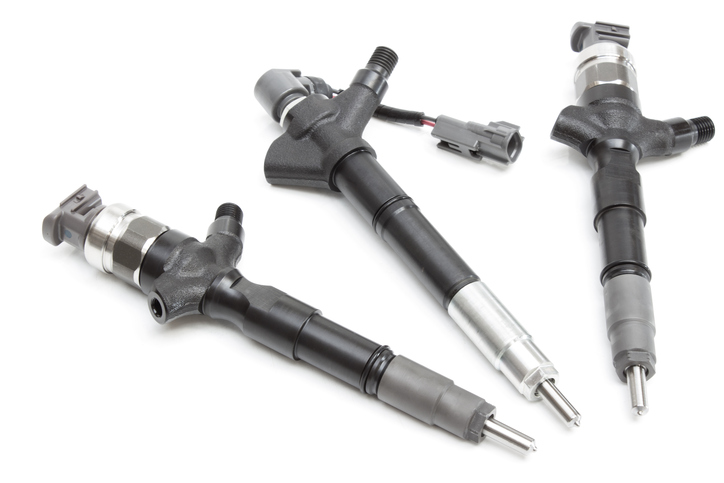
A flooded engine is an engine that has taken in too much fuel, and is therefore unable to run. For most people today, this problem is mostly a distant memory, or something that they’ve only seen in old films. This is because modern engines, which use fuel injectors instead of carburetors, are much less likely to become flooded. The problem can, however, still arise, making it something a mechanic ought to know how to deal with.
Want to learn a little more about this brand of car trouble? Here’s a closer look at engine flooding.
A Flooded Engine Doesn’t Have the Right Balance of Fuel to Air
For a car’s engine to run well, it needs to have a precise mixture of air and fuel to burn. Deviating from the ideal mixture is okay to an extent—most cars can still run—but even that will result in imperfect burn, worse fuel efficiency, and potential for premature degradation of some components.
With flooding, the mixture of fuel to air is very unbalanced, with far more fuel in the mix than air, rendering an engine unable to combust. This problem typically manifests when a car is starting (preventing it from doing so), though it does sometimes happen that a running car will stall from the engine flooding.
Fuel Injection Technology Means Pros With Mechanic Training Shouldn’t See This Often
With older cars, fuel and air were mixed in the carburetor before then being sucked in to the cylinders for burning. This is a less efficient method of delivery than fuel injection, in which fuel is sprayed into the cylinders, combines with air, and is burned. Carburetors are also more vulnerable to too much fuel collecting within them, and therefore to flooding.

With fuel injection, flooding is nearly impossible under normal circumstances, as only relatively small amounts of fuel should be sprayed into cylinders at any given time. For that reason, after your mechanic training is through, odds are quite good that you might not need to deal with many flooded engines.
There Are a Couple of Things Pros With Mechanic Training Do to Fix Flooded Engines
There are different methods for dealing with a flooded engine, depending on whether you are working with a carbureted car or a car with fuel injection. The first recommended step is to simply open the hood and let some of the collected fuel evaporate. Next, for a carbureted car, a basic technique used by professionals in careers in the auto industry is to press the gas pedal to the floor while starting the car. This should allow a greater amount of air to be taken in, increasing the likelihood of a spark catching. With fuel injection cars, the same steps can work, though frequent flooding implies an issue with the fuel injectors. In that case, an inspection can reveal whether a cleaning or replacing of the fuel injectors is needed.

Do you want to attend auto mechanic school in Toronto?
Contact Automotive Training Centres to find out how to get started!

